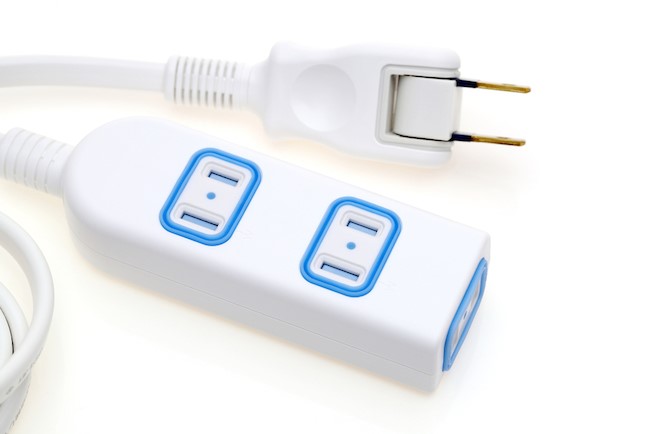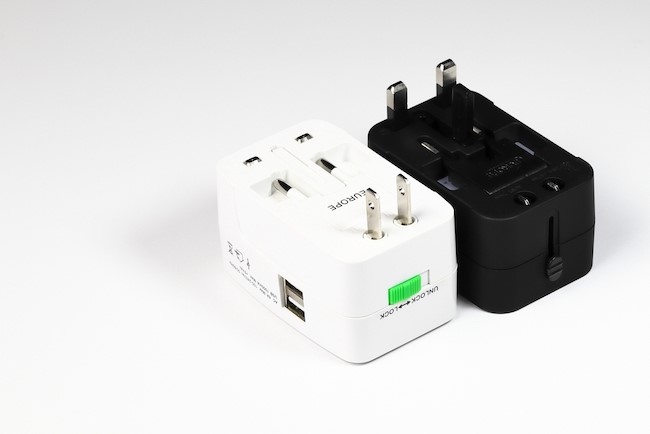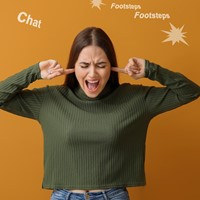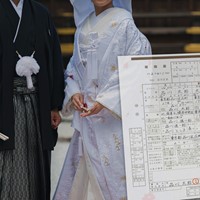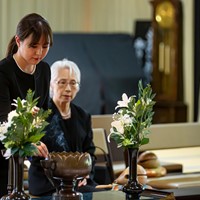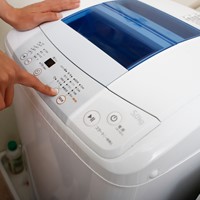Japan Voltage, Frequency, and Plug Type: Guide to Plugging In
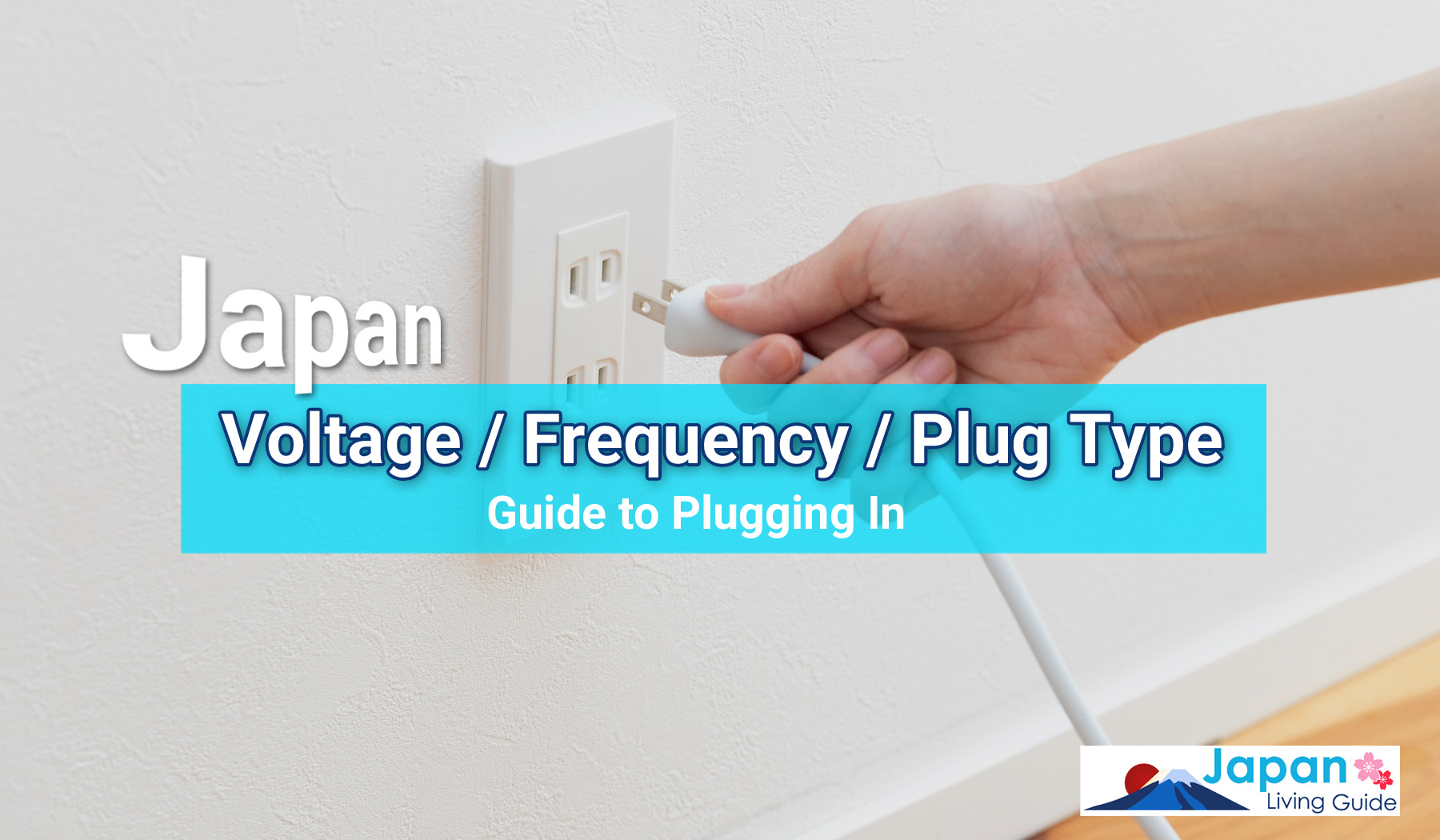
If you are traveling to Japan, it is important to know that the electronic devices and appliances that you bring may not work without a bit a planning. This is because the standard plug types available in your home country may not be compatible with Japanese electric sockets.
Keep reading to find out more about the electrical standards in Japan — voltage, frequency, and plug type — so that you can be fully prepared for your next trip.

- Rental Apartments & Houses in Tokyo
- Listings of popular and luxurious rental apartments, condominiums, and houses designed with expats in mind.
Japanese Voltage, Frequency, and Plug Type
If you are importing or bringing electrical devices or appliances from overseas to Japan, it is important to consider the voltage, frequency, and plug type. Each will have a different level of importance depending on the type of electronics and country of origin.
It is also important to refer back to your electronics manual to confirm if the voltage, frequency, and plug type are compatible with the device you wish to use.
Japan’s Standards for Electrical Devices
Voltage: 100V
Frequency: 50Hz – 60Hz
Electrical Plug Type: Type A
Voltages in Japan
Electric sockets in Japan have a voltage of 100V, which is actually quite unique in comparison with most other countries. The United States and Canada have a similar voltage at 120V, but most of Europe, Australia, and New Zealand have voltages around 230V – 240V. This can create some difficulties when using electronics outside of the country you purchased it in.
Many electrical devices are made to operate within a range of voltages. This will usually be included in the technical information and will state something like “100V – 240V”. Common items in this category include phone chargers and laptop chargers. For other electrical devices, a voltage converter may be necessary.
If you are using a device from North America, where the voltage is similar to Japan, a converter may not be necessary, but it is still recommended to avoid possible damage to your electronics.
If the voltage is not compatible, it is possible that the device may not operate at its full capacity, especially electronics with heating elements, such as hairdryers, curling irons, and the like. This does not mean your item is broken, it is just not able to operate as usual at a lower voltage.
Frequencies in Japan
The electrical frequency in Japan is either 50Hz or 60Hz, depending on whether you are in East Japan or West Japan. East Japan, which includes Tokyo, operates at 50Hz, while West Japan, which includes Osaka and Kyoto, uses 60Hz. Many electrical appliances in Japan have two models — one for each frequency — while others are adaptable and can be used at either frequency.
Among voltage, frequency, and plug type, frequency is probably the least likely to cause you any difficulty. Most electrical items are able to operate at different frequencies. Some items may be affected, such as clocks or timing devices but most should be fine.
Standard Plug Type in Japan
There are many different plug types across the world, most of which differ in the prong shape and position. These are denoted by alphabet letters for easy understanding. Japan uses Type-A plugs, which have two straight prongs. This design is very similar to a standard U.S. two-prong plug. The Type-A plug is also used in many other countries and regions.
If you are coming from a country that uses Type-A plugs, you might be able to get away with not using an adaptor, but it is still best to have at least one or two just in case. This is because there can be differences in prong length between different Type-A plugs, so there is no guarantee that your electrical plugs will work with Japanese sockets just because they are both the same type.
If you are coming from a country or region that does not use Type-A plugs, you will definitely need an adaptor for all your electrical devices.
Also, if your electrical devices have a Type-B plug, which looks like a Type-A plug with a grounding pin (the round pin below the two flat parallel pins), you will not be able to plug it into a Japanese socket without an adapter.
The best option is to purchase adaptors before you leave your home country, so you are ready and able to use a power socket whenever you need to after arriving in Japan. This also helps avoid the stress of searching for adaptors while jet-lagged in a new time zone. However, if you need to find an adaptor in Japan, most electrical stores sell them, as well as shops selling travel goods.
Using Japanese Electrical Appliances in Your Home Country
When taking Japanese electronics with you to your home country or sending them as a gift to someone who does not live in Japan, it is important to keep voltage, frequency, and plug type in mind.
If the electrical device will be used in North America, which has a similar voltage to Japan as well as the same plug type, most appliances should be able to simply plug in and work.
However, if you are going to a region with a significantly different voltage level, such as Europe or Australia, it is best to shop at a specialized export store in Japan. These shops sell Japanese electronics that are able to function at 230V/240V without the use of a converter (transformer).
It is also possible to buy a special converter (transformer) for going from a lower voltage level to a higher voltage level, but they are quite expensive and it will be easier and possibly cheaper to simply shop from an export shop. You may also need a plug adaptor, depending on the plug type of the country that the device will be used in.
Make Plugging in to Japan Easy
Traveling or moving between countries involves a lot of considerations and its easy for certain aspects to get overlooked. One of these is the difference in voltages, frequencies, and plug types between countries. The best solution is to ensure that you understand these differences and plan accordingly, but even if that is not possible, there are options for using adapters or foreign-bought electrical appliances in Japan.
For more information on what to expect when moving to Japan, we offer a variety of useful guides that cover what you need to know.
Transformers for electrical appliances.
Click the image to see details.
If you would like to use foreign electrical products (up to 240V) in Japan, this transformer is practical.
Below is to use Japanese electrical appliances abroad and foreign appliances in Japan (both ways). Safe and secure design with built-in thermal protector (automatic return) fuse.
If you would like to change only the electrical plug, this one is useful.
